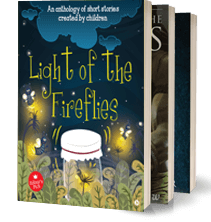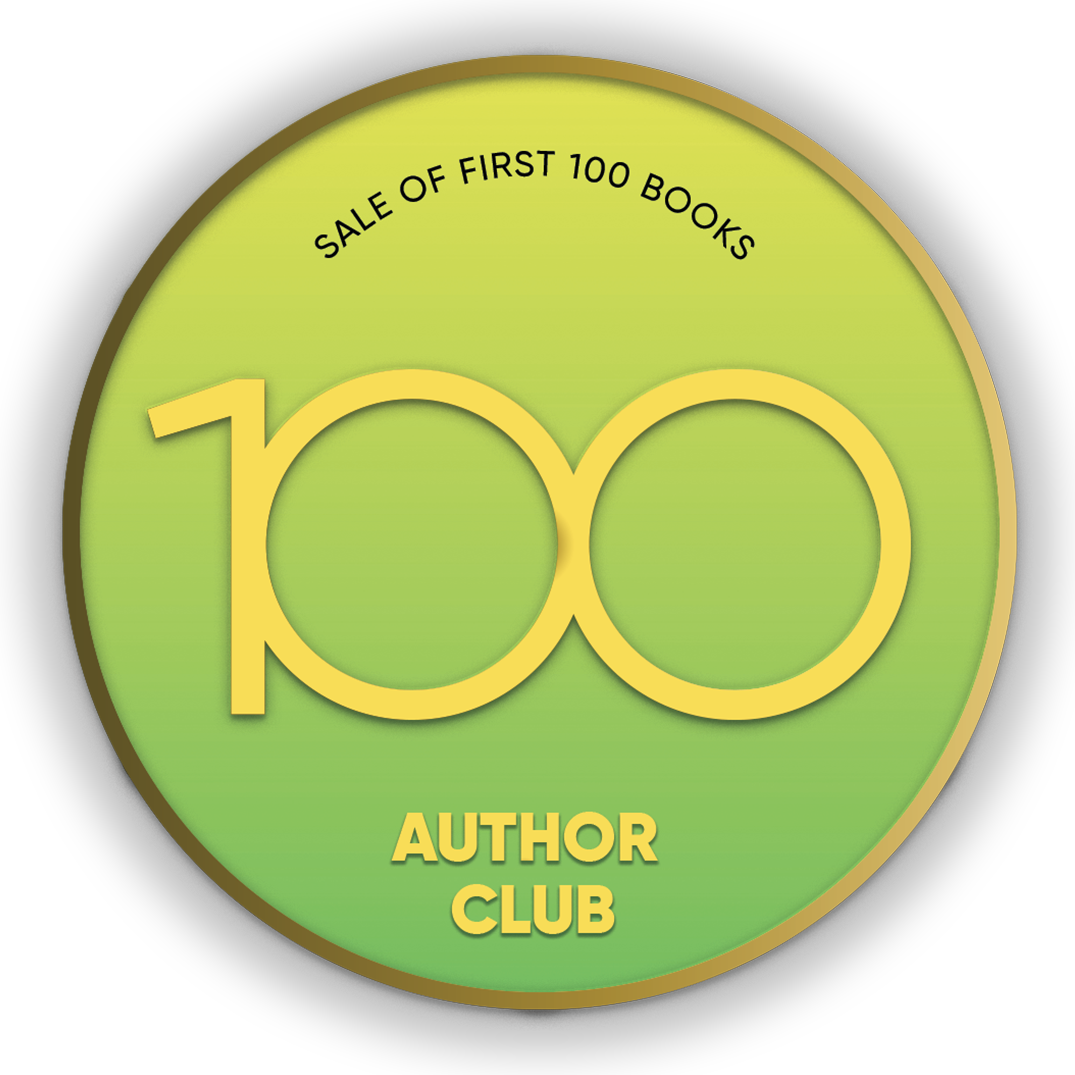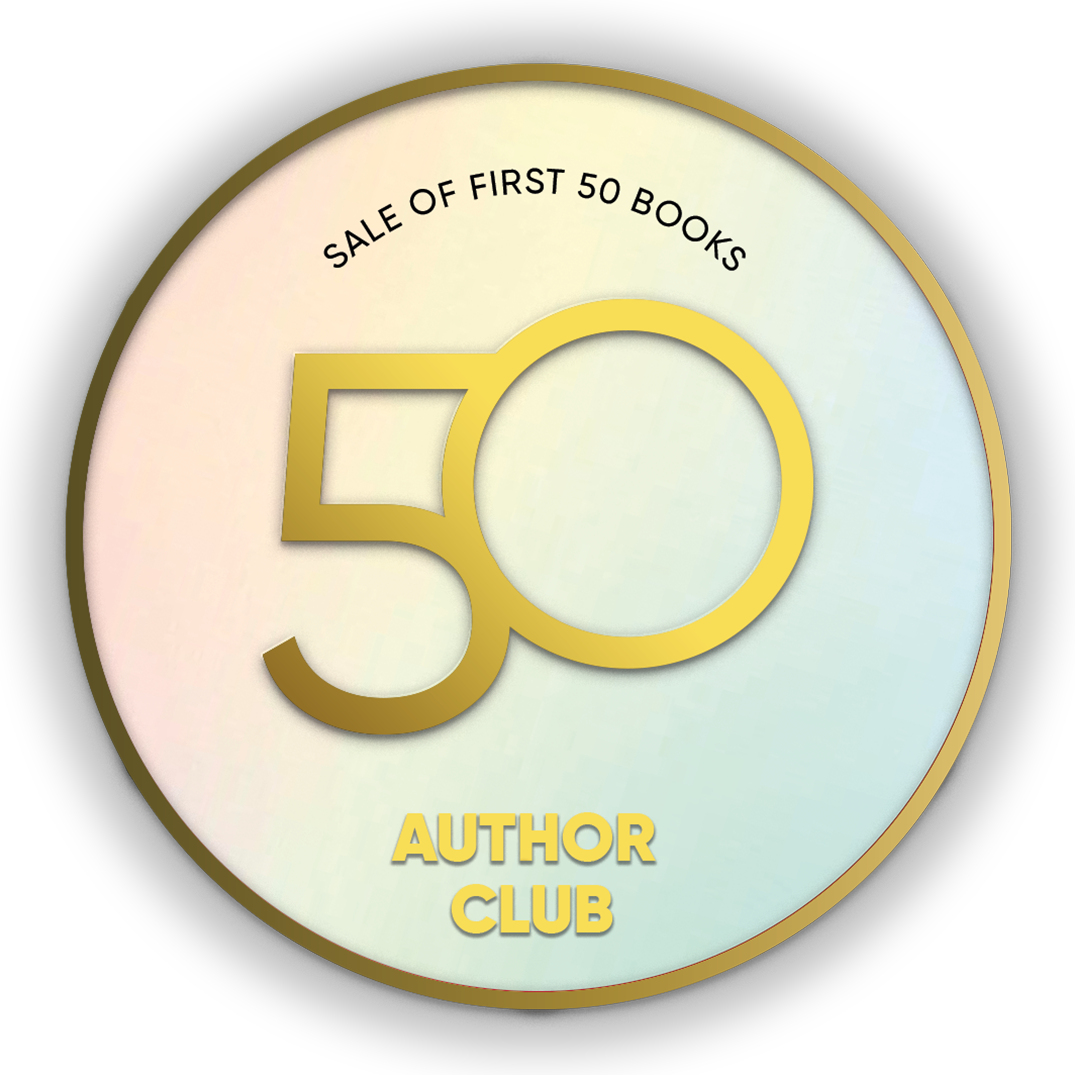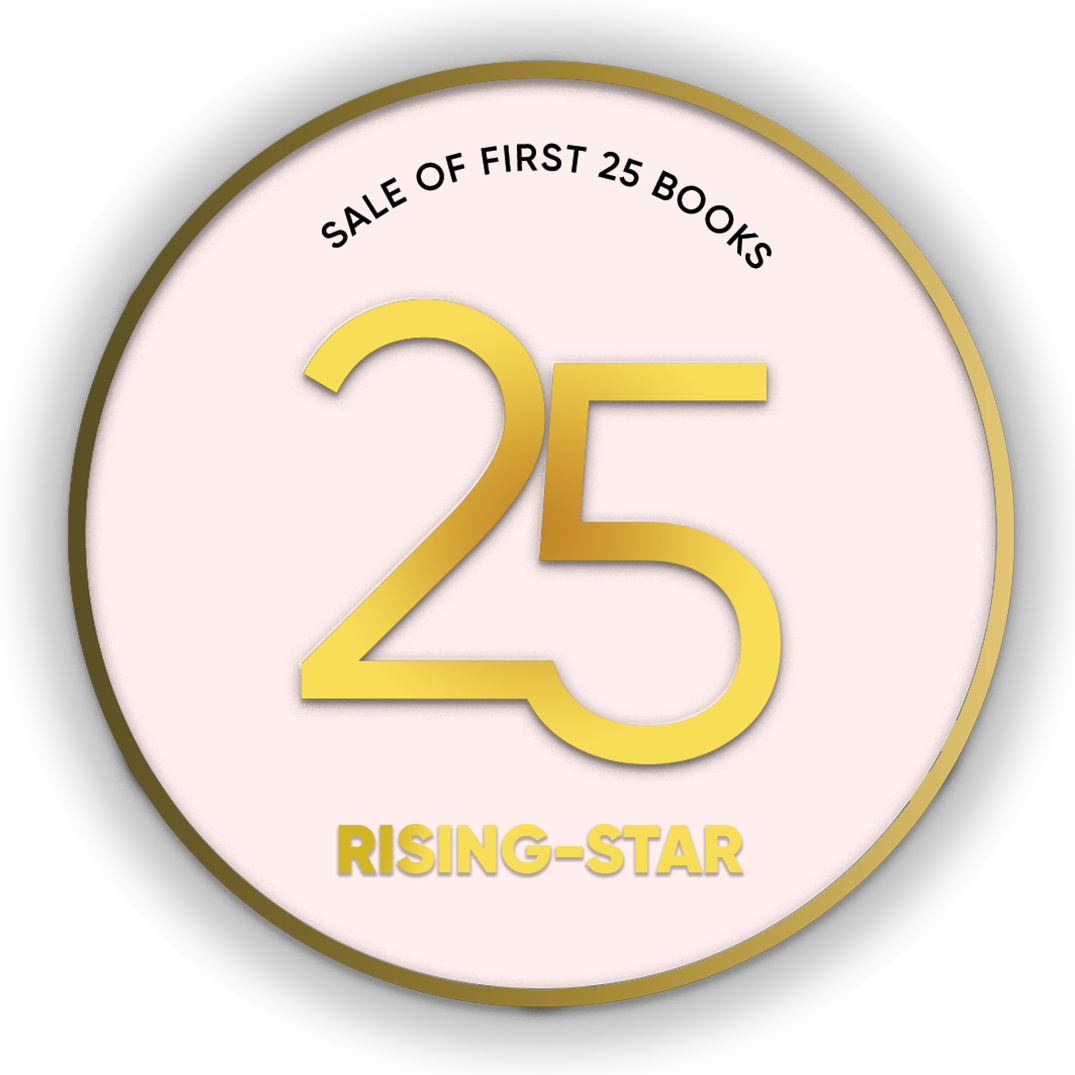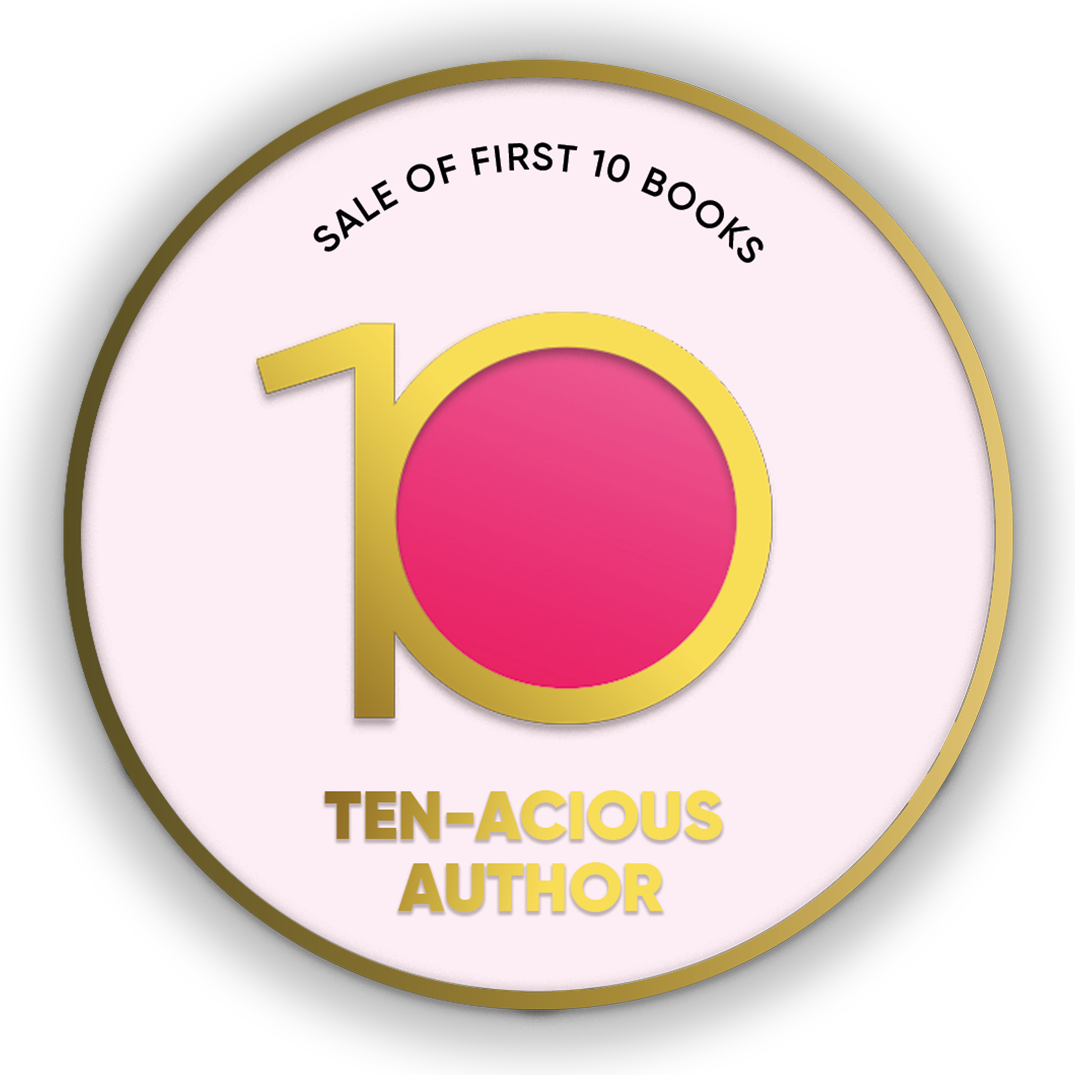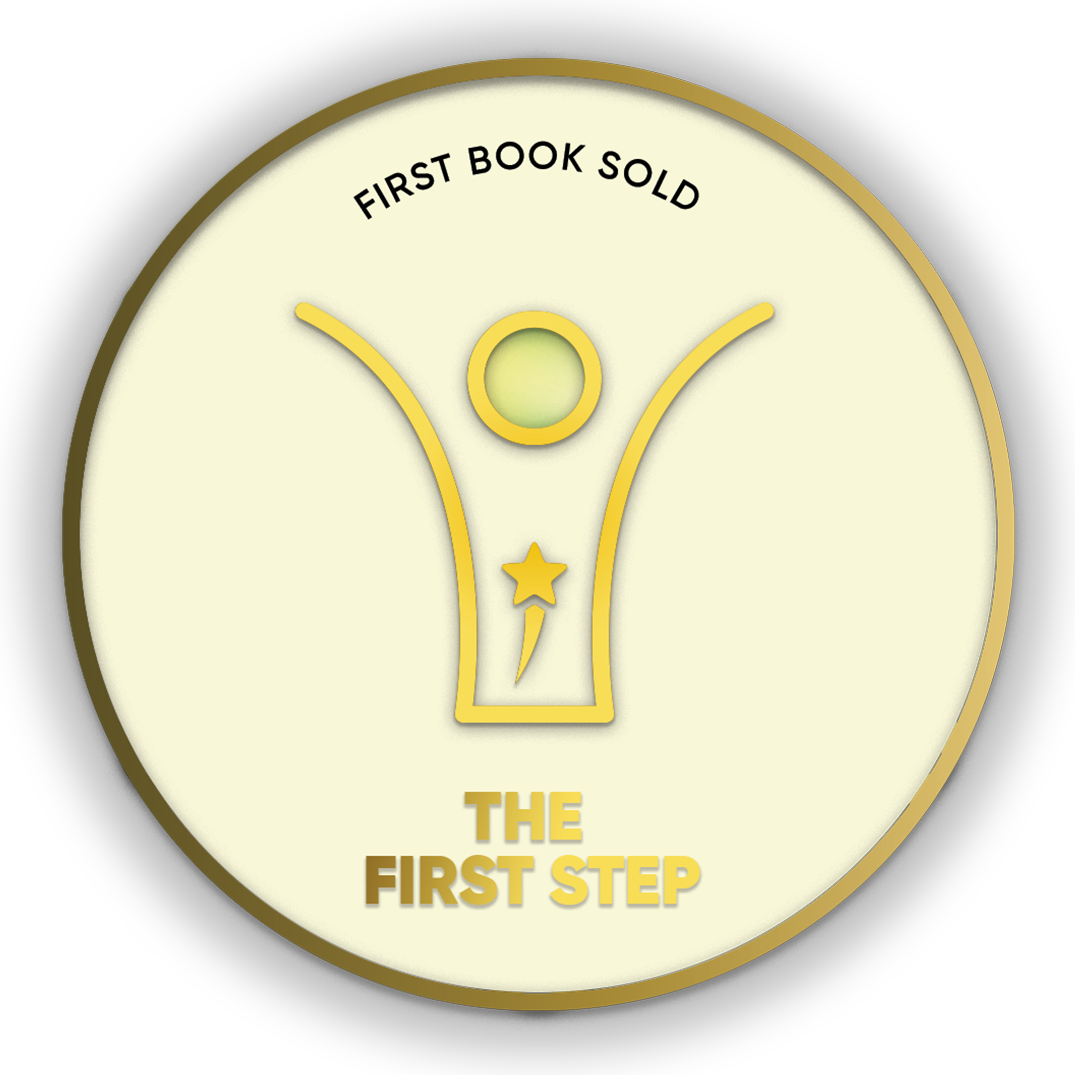
- Discover books
- For Writers
-
For Writers
-
Indie Author Championship
-
Challenges
Writing Contests
- Get Started
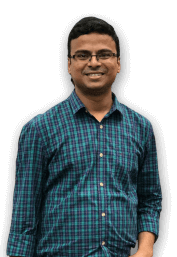
"It was a wonderful experience interacting with you and appreciate the way you have planned and executed the whole publication process within the agreed timelines.”
Subrat SaurabhAuthor of Kuch Woh Pal -
Crop your profile image

Unmasked
Books by Dinesh C Sharma
The world continues to reel under the impact of the pandemic caused due to SARS-CoV-2 virus. In the first year of the pandemic, people have suffered much – isolation, pain, agony, illness, death, loss of livelihood, largescale migration and massive economic downturn. The pandemic is as much a political, economic and social phenomenon as a public health challenge and medical problem. Every aspect of the pandemic – contact tracing, quarantine, testin
The world continues to reel under the impact of the pandemic caused due to SARS-CoV-2 virus. In the first year of the pandemic, people have suffered much – isolation, pain, agony, illness, death, loss of livelihood, largescale migration and massive economic downturn. The pandemic is as much a political, economic and social phenomenon as a public health challenge and medical problem. Every aspect of the pandemic – contact tracing, quarantine, testing, treatment, vaccine trials, lockdown – is closely connected with politics. The promise of free vaccine echoed during local elections held in the course of the pandemic. Politicians rushed to inaugurate clinical trials, push hasty regulatory decisions and tried to bask in the success of scientists and vaccine companies. Government agencies engaged in scapegoating to blame a religious group for the pandemic, and tools like geofencing infringed upon their privacy and data security. The government set an agenda for the media to emphasize positive news and assure citizens that ‘the government is committed to countering the impact of Covid-19.’
Why science and epidemiology were twisted for political gains? How the pandemic management was misused for projecting political leadership as a saviour? How the lockdown that led to the worst migration crisis since the partition in 1947 was marketed as a ‘strategic policy intervention’? The book is an in-depth investigation into such uncomfortable questions.
Mixed Media
Books by Prof R C Sharma (with Dinesh C Sharma)
The discourse on development of contemporary art in India centres around art hubs like Delhi, Mumbai, Baroda etc, and Hyderabad does not figure in it despite vibrant historical trajectory of art and culture since the times of Salar Jung III and post-independent era. Salar Jung III had founded the Hyderabad Art Society and the School of Art and Craft in the early 1940s which became nucleus for development of fine arts in the decades that followed, and cradle fo
The discourse on development of contemporary art in India centres around art hubs like Delhi, Mumbai, Baroda etc, and Hyderabad does not figure in it despite vibrant historical trajectory of art and culture since the times of Salar Jung III and post-independent era. Salar Jung III had founded the Hyderabad Art Society and the School of Art and Craft in the early 1940s which became nucleus for development of fine arts in the decades that followed, and cradle for generations of Hyderabadi artists like R C Sharma. Through Sharma’s story, the book provides some glimpses of the development of fine arts in Hyderabad and personalities like M F Husain and Dr Jagdish Mittal who played a key role in shaping this journey from middle of the twentieth century.
Raising Hackles
Books by Dinesh C Sharma
In the 1970s, several international research and funding bodies had important medical and agricultural projects and experiments running in India. These projects involved World Health Organisation, U S Department of Agriculture, Rockefeller Foundation, Smithsonian Institute, US Armed Forces Institute of Pathology, and US Department of Defence. Did some of these projects have a secret agenda? Were PL-480 funds misused for military related research in India
In the 1970s, several international research and funding bodies had important medical and agricultural projects and experiments running in India. These projects involved World Health Organisation, U S Department of Agriculture, Rockefeller Foundation, Smithsonian Institute, US Armed Forces Institute of Pathology, and US Department of Defence. Did some of these projects have a secret agenda? Were PL-480 funds misused for military related research in India? Did WHO become a tool in the hands of American consultants?
A young Indian science journalist - trained in America - decided to raise some of these questions and seek answers to them through his investigative reporting for the wire service, Press Trust of India (PTI). He rose to become one of the finest science editors and a mentor to several generations of Indian science journalists. This is the story of Dr K S Jayaraman (born 1936) who is credited with founding the genre of independent science reporting in India. It is about the life journey of a scientist-turned-science journalist who successfully raised the hackles of powers-that-be in India.

Are you sure you want to close this?
You might lose all unsaved changes.
Select from one of our global stores to continue
 India
India
 Malaysia
Malaysia
 Singapore
Singapore
 UAE
UAE
Warning Message
The items in your Cart will be deleted, click ok to proceed.





